Mandala Monday – Yantras and Their Role in Our Life by Mona Singh
Yantras and Their Role in Our Life
‘Yantra’ is a Sanskrit word that refers to an instrument with integrated energies. The Yantras or Mandalas basically represent the Hindu religion mantras in a graphical form and are thus considered ideal for bringing positive vibes.
There are different Yantras for different energies, each one presenting a geometric representation of a particular mantra. This visible depiction can be in any form – lines, triangle, circle, cross or square etc. which signifies diverse degrees of energy.
Today, these sacred instruments are available in many different forms and are popular among all parts of the world. People buy Yantras online as well as from the stores to increase the flow of auspicious energies in the close environment.
How are Yantras Formed?
Each and every Yantra is formed by bringing together a combination of some specific symbols. Most of them are made of a metal base these days with the mantra engraved on their surface.
There are 8 different kinds of metals that can be used for such a construction, including copper, silver, gold and crystal. Bone, Vishu stone and birch can also be used. The selection of the base also depends on the nature of Yantra to be designed and on the affordability level of the user.
After formation, the holy tool is also energized over with prayers, worship and devotional acts that energize it. This process of energizing is called ‘siddhi’ or’sidhh’ in Hindi, which is done for developing some auspicious energy grated by a respective planet.
How Can Yantras Help You?
As discussed above, each Yantra has a different purpose. Each one’s impact is varied, depending on its usage. So you can wear one according to your requirement – to encourage family harmony, to increase your wealth luck, to be blessed with a baby, to spell away an evil eye, enhance prosperity, to prevent accidents and much more.
Truly speaking, there is a Yantra for every purpose. Hence no matter what your problem is, you can get one for combating it. When a Yantra’s intensity is combined with our prayers, we achieve positive results soon.
Yantras are also a great alternative for chanting the mantras orally as we are likely to make mistakes in pronunciation. It is also believed that our prayers reach the deities sooner when we include these pious instruments in our worshipping method.
Some Popular Yantras
Here are some well-known variants of Yantras and their uses:
Shree Yantra – This sacred instrument is also known as Shri Chakra. The Yantra depicts nine interlocking triangles, emitting from a center point.
Shree Yantra is considered very useful in fulfilling all our wishes by empowering our mental strength. Its worship will help the bearer achieve all he worldly desires.
Vahan Durghatna Nashak Yantra – As the name indicates, the instrument is meant for safeguarding your vehicle against unfortunate accidents. Anyhow, placing it the vehicle doesn’t eliminates the need of careful driving but its energy will help in increasing the safety level.
Placing it of the front part (dashboard) of the vehicle is believed to protect you from accidents and other vehicle-related mishaps.
Mahalaxmi Yantra – This auspicious Yantra is ideal for maximizing your wealth luck. It depicts a beautiful figure of goddess Mahalaxmi, seated on a blossoming lotus flower.
You are supposed to place it in the cash drawer, cupboard or cash box and must worship it daily with faith. Regular puja and mantra chanting is believed to please Mahalaxmi. She showers blessings on her worshippers in the form of wealth, success and prosperity.
Apart from these there are several other forms as well. If you are looking for a solution to a long-standing problem, you can easily buy Yantras online by spotting the right one through carefully reading the provided information.
About the Author:
God Idols and Yantras Online Store – Buy online God Idols for car and home, office decoration at discounted price only on Indianaastha.com. We offer all decorative items and products in a budget price. We are delivered from mathura vrindavan 100% pure sudh products and yantras. Get Religious Handicrafts Gift Pooja Idol,Temple Statue at lowest Prices.
Article found at http://goarticles.com
——————————————————————————————————–
I look forward to your thoughts and comments!

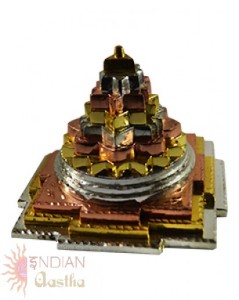
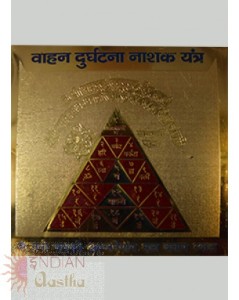
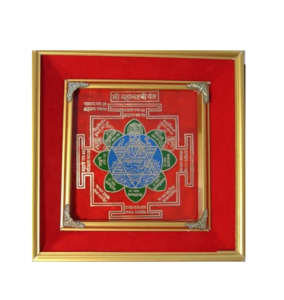
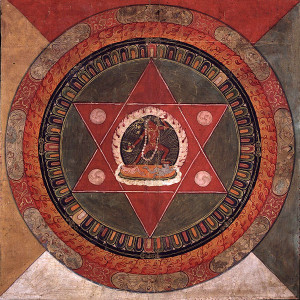
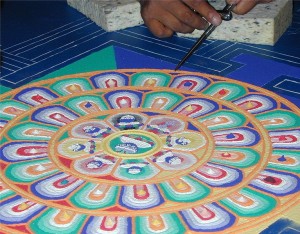
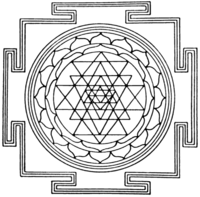 A diagramic drawing of the
A diagramic drawing of the 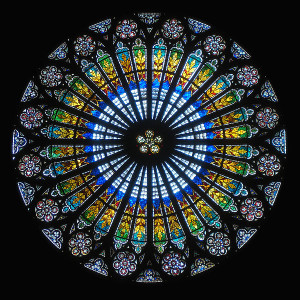 Interior of the rose at Strasbourg Cathedral.
Interior of the rose at Strasbourg Cathedral.